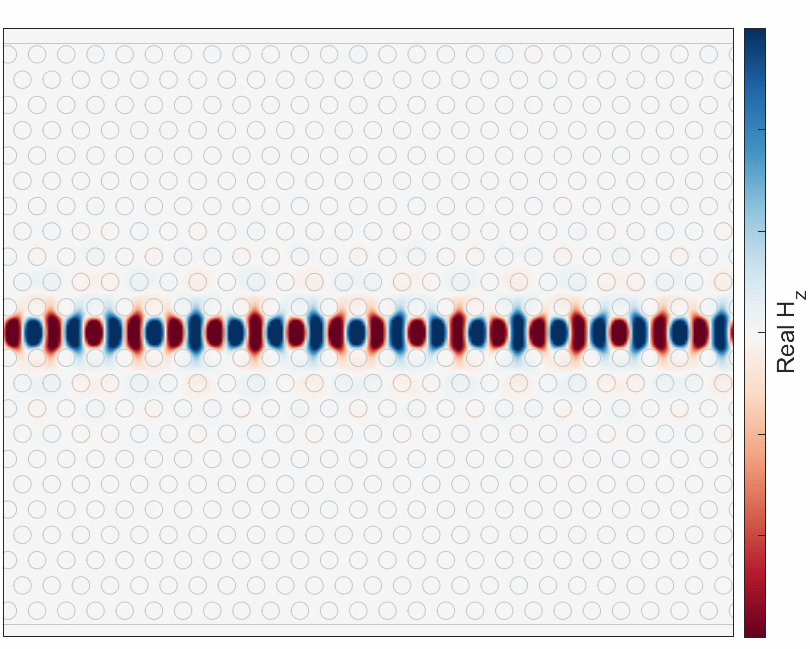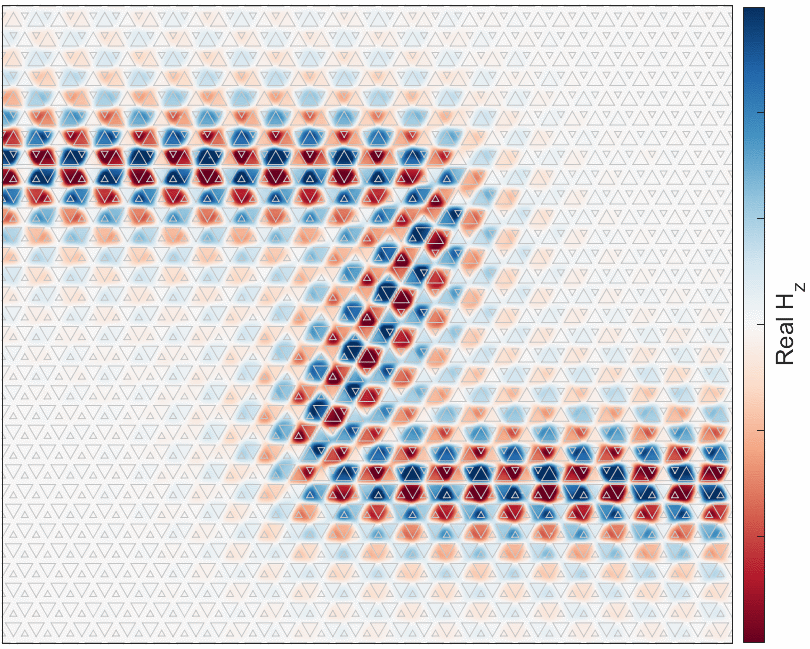Research
My research is centered around these three questions.
How can we enable low-loss light propagation through silicon waveguides?
Photonic platforms with low-loss and low-dispersion enable high speed chip-to-chip data transfer and efficient light-matter interaction. Utilizing the novel concepts of topological physics in topological photonic devices can open new avenues for dispersion engineering and chip-miniaturization with promising applications in high-throughput waveguiding, sensing, and spectroscopy. Here, I have worked on developing photonic crystal waveguides for high-speed interconnects and on-chip topological photonic devices.

How can we improve electronic circuits for high-frequency operation?
The performance of electronic circuits is limited at frequencies close to 300 GHz, primarily because of the low fT and fmax of available technologies. Here, I am interested in optimising circuit-layouts and passives to mitigate the losses for facilitating the development of high frequency electronic circuitry. An interesting unison of terahertz electronics and photonics is in high-frequency electronic transceivers interconnected by photonic waveguides achieveing high data rates in short-to-medium (0.01 - 10m) distances, filling the gap between copper and optical interconnects. Another intriguing aspect is exploring how materials exhibiting superior transport properties at terahertz frequencies, such as III-V semiconductors, can be used in circuit design and integrated with conventional silicon processes.